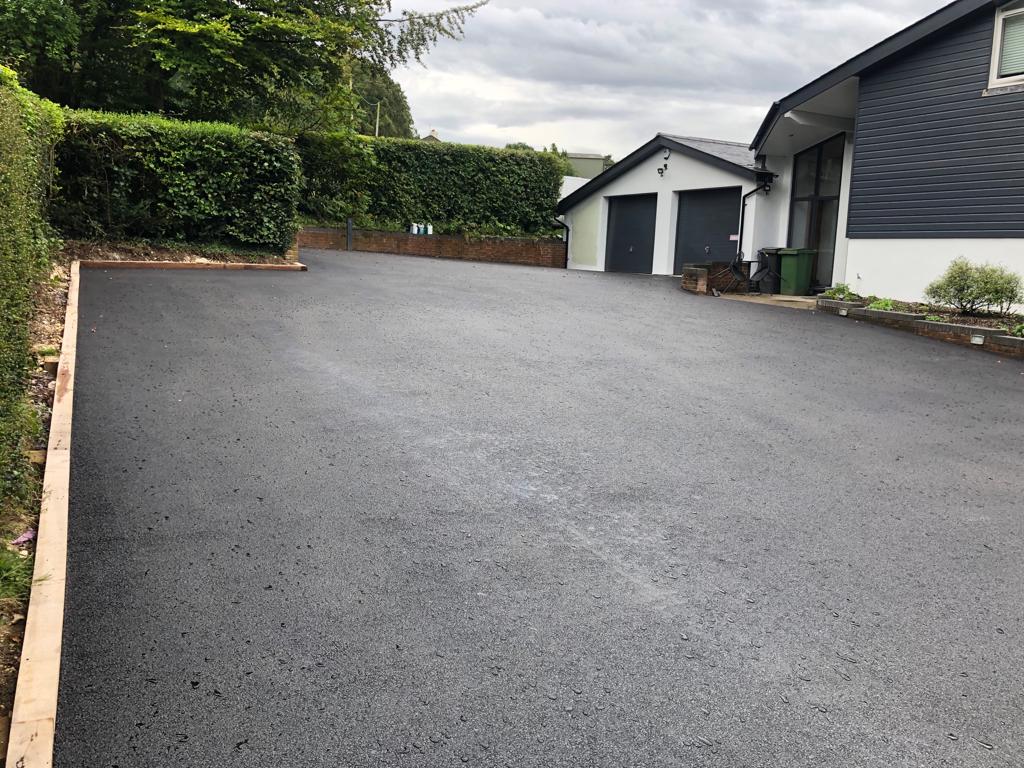Introduction: Potholes are a persistent nuisance on roadways, causing inconvenience, damage, and safety hazards for drivers. While various factors contribute to their formation, weather conditions are pivotal in exacerbating this road menace. This blog post will explore how weather phenomena contribute to pothole formation, shedding light on the complex relationship between weather and road deterioration.
Freeze-Thaw Cycles:
- One of the most significant contributors to pothole formation is the freeze-thaw cycle. In regions experiencing cold winters, water penetrates the road surface through small cracks and pores. When temperatures drop below freezing, this water expands as it turns into ice, exerting pressure on the pavement and widening existing cracks. As temperatures rise above freezing, the ice melts, leaving voids in the pavement. The repeated expansion and contraction weaken the road surface, eventually forming potholes.
Precipitation:
- Rain, snow, and other forms of precipitation exacerbate pothole formation by infiltrating the road surface and subbase. Water seeps into cracks and crevices, gradually eroding the underlying layers of pavement. Additionally, precipitation can wash away loose aggregates and asphalt binders, compromising the road’s structural integrity. The combination of water infiltration and subsequent freeze-thaw cycles accelerates pavement deterioration, hastening pothole development.
Heavy Rainfall:
- Intense or prolonged periods of heavy rainfall can exacerbate pothole formation by saturating the soil beneath the road surface. Saturated soil loses its load-bearing capacity, causing the roadbed to settle unevenly and form depressions. These depressions collect water, creating ideal conditions for pothole development. Furthermore, heavy rainfall can wash away surface materials, exposing underlying weaknesses and accelerating pavement degradation.
Temperature Fluctuations:
- Extreme temperature fluctuations, characteristic of certain regions or seasons, contribute to pothole formation by inducing thermal stress on the pavement. Rapid changes in temperature cause the asphalt binder to expand and contract, leading to surface cracking and deterioration. Additionally, temperature differentials between the surface and subsurface layers can create shearing forces that weaken the pavement structure, making it more susceptible to potholes.
Addressing Weather-Related Pothole Formation:
While weather conditions play a significant role in pothole formation, proactive measures can help mitigate their impact:
- Routine Maintenance: Regular road inspections and maintenance programs can identify and address potholes before they worsen, preventing further damage to the roadway.
- Timely Repairs: Promptly patching potholes and surface defects minimises water infiltration and prevents the expansion of existing cracks.
- Innovative Solutions: Utilising advanced pothole repair technologies, such as infrared patching and cold mix asphalt, ensures durable, long-lasting repairs that withstand weather extremes.
- Drainage Improvements: Enhancing road drainage systems and addressing drainage issues can minimise water accumulation on road surfaces, reducing the risk of pothole formation.
Conclusion: Weather conditions significantly influence pothole formation, exacerbating the deterioration of road surfaces and posing challenges for road maintenance professionals. By understanding the impact of freeze-thaw cycles, precipitation, heavy rainfall, and temperature fluctuations, we can implement proactive strategies to mitigate pothole formation and ensure safer roadways for all.
Call us on: 03 4159 2883
Click here to find out more about Bannockburn Road Tech
Click here to complete our contact form and see how we can help with your road needs.

